
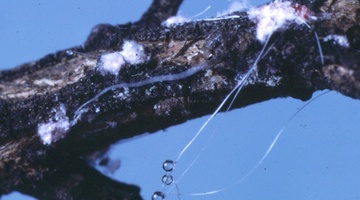
Our native forests – ngahere – have complex ecosystems. Within the wider ecosystems are smaller ecosystems, such as the one formed around honeydew. Honeydew is a sweet, sticky substance produced ...
READ MORE
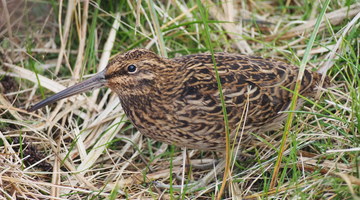
The Auckland Islands are often described as a hotspot of biodiversity, with a wide variety of seabirds, invertebrates and marine mammals and a range of hardy plants. There are five New Zealand ...
READ MORE

We all know about the threats that predators like possums, rats and stoats pose to New Zealand's native ecosystems, but did you know different exotic weeds are threatening our ecosystems too? The ...
READ MORE
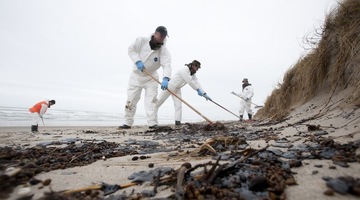
In this activity, students consider short-term and long-term responses to an environmental disaster such as the Rena. By the end of this activity, students should be able to: describe what might ...
READ MORE
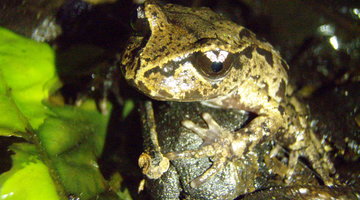
In this activity, students take on the role of a native frog, native bird or introduced mammalian predator and participate in a physically active simulation. The activity highlights different ...
READ MORE
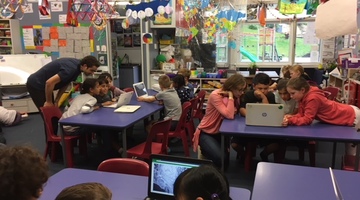
This unit plan shows how teacher Carol Brieseman used the online citizen science (OCS) project Identify New Zealand Animals to offer her students another way of developing their understanding ...
READ MORE
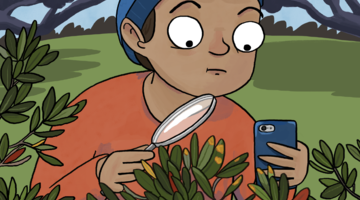
Myrtle rust is a serious biosecurity threat, and help is needed to monitor its spread. This citizen science project aims to gather information on the location, hosts and intensity of this fungal ...
READ MORE
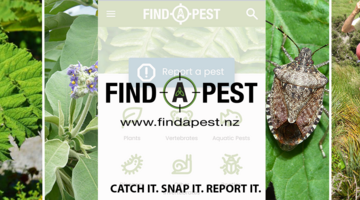
The free Find-A-Pest app makes it easy to report and identify possible pest species. Wherever you are, you can help protect Aotearoa New Zealand’s primary industries and native species in two ...
READ MORE
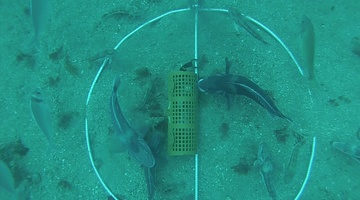
Come and visit Aotearoa New Zealand’s underwater world in this online citizen science project. Discover, count and identify unique fish species that live within our marine reserves ...
READ MORE
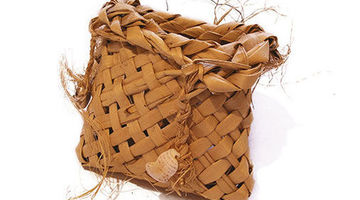
In this recorded professional learning session Tame Malcolm (Kaimahi Matua at Te Tira Whakamātaki) and Greta Dromgool from the Science Learning Hub explore kaitiakitanga. Many of us are familiar ...
READ MORE
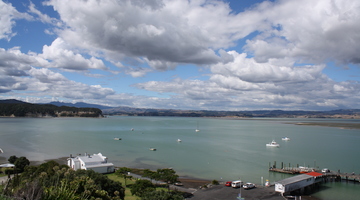
With 75% of New Zealanders living within 10 km of the coast, many students will be familiar with estuaries. In scientific terms, estuaries are the interface between the land and the sea – the ...
READ MORE

The Science Learning Hub has a selection of resources that have been translated into te reo Māori and a number of resources that feature both te reo Māori and English. Our webinar Opportunities ...
READ MORE
Our native forests – ngahere – have complex ecosystems. These ecosystems are under threat from introduced wasp species. In this episode of Project Mātauranga, Associate Professor Jacqueline Beggs ...
READ MORE
Researcher Rosa Henderson from Landcare Research NZ Ltd introduces the tiny scale insects and talks about their role in the ecosystem.
READ MORE
To minimise the risk of disease transmission from pigs to humans, LCT uses a unique breed of pigs as the source of cells for their pig cell transplants. The pigs come from the isolated ...
READ MORE

The marine environment of the Auckland Islands in the New Zealand Subantarctic Islands group is home to a diverse range of species. Use this interactive image to learn about this diverse ...
READ MORE
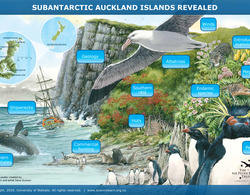
An interactive overview of the Auckland Islands. Click on the labels for more information. Select here to view the full transcript and copyright information.
READ MORE
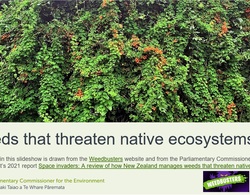
A slideshow of weeds and the adaptations that make them problematic in a New Zealand setting. Use the Slideshow menu for further options, including view full screen, and go here for the download ...
READ MORE